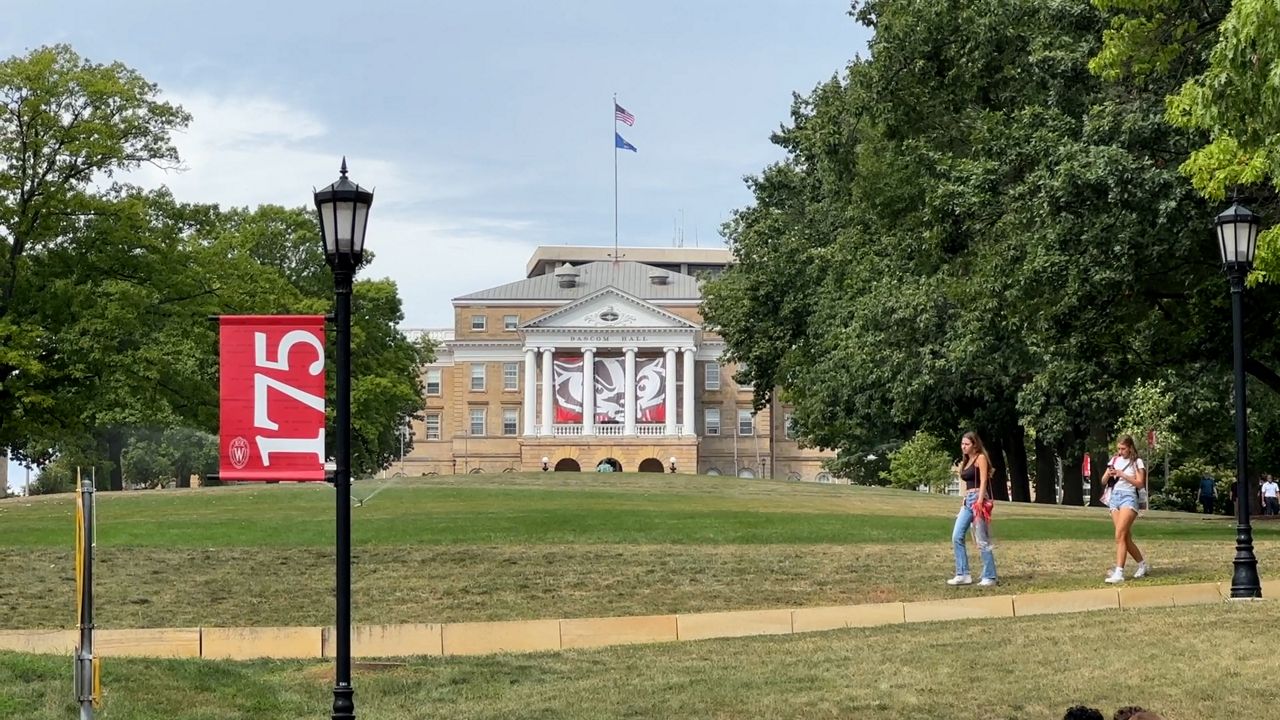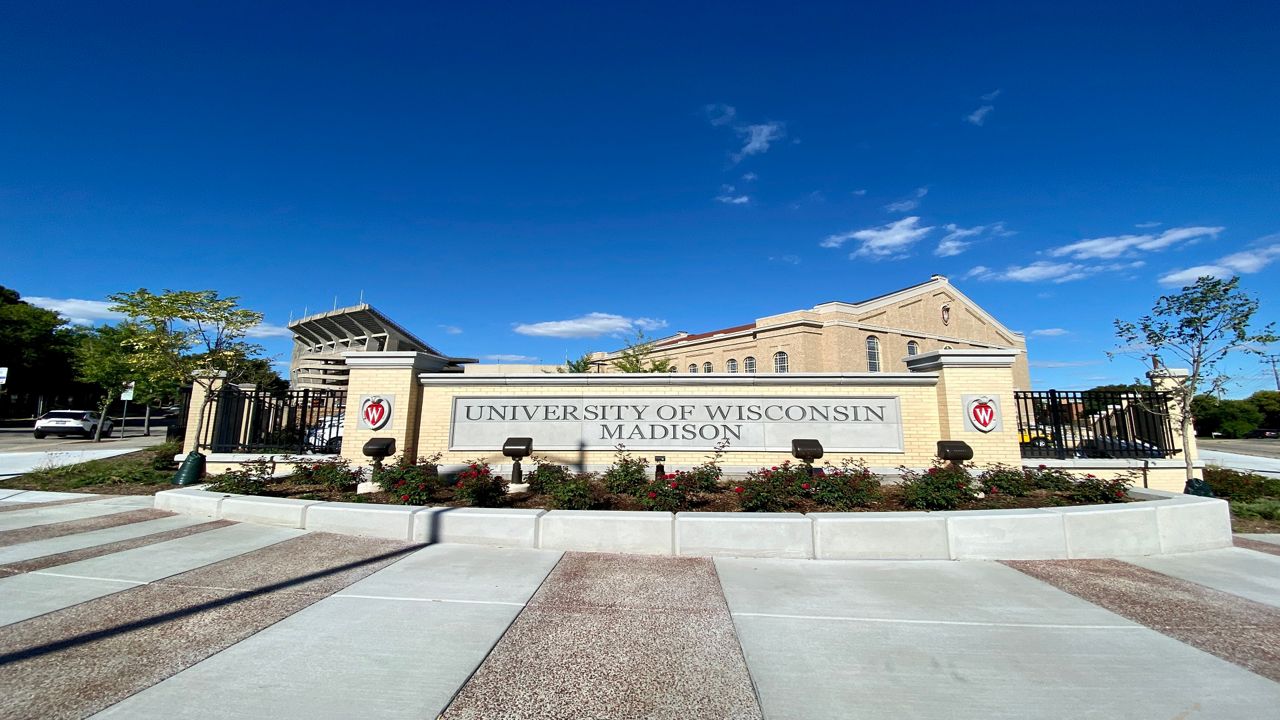OSHKOSH, Wis. — On Jan. 20, 216 employees at the University of Wisconsin Oshkosh will no longer have a job. A total of 140 people are being laid off. Another 76 took voluntary retirement. The remaining 35 position are ones the administration chose to leave unfilled.
Chancellor Andrew Leavitt said two-thirds of the layoffs are administrative positions. One-third are staff.
Though full-time faculty are not part of the university’s restructuring plan, which is due to an $18 million structural budget deficit, instructors are still being affected. Leavitt said roughly 40 instructional academic staff (IAS) members will not have their contracts renewed due to financial constraints plaguing the university.
One of those contracts belongs to Jeffrey Pickron. He has been a lecturer at UW Oshkosh in the history department for 20 years. He has also taught classes within African American Studies.
“We have the same expertise as faculty members, the same training and the same education as faculty members,” he said. “Once we found out about this budget deficit, my classes were given away to faculty members and some of those classes, I designed myself.”
IAS are typically hired to teach particular classes in a department that the faculty cannot fill. Pickron has signed 20 one-year contracts at UW Oshkosh. His wife is a tenured professor there, something he is not eligible for, nor is any instructional academic staff member. This makes them particularly vulnerable during a budget crisis.
“Even though I had a contract to teach four courses next semester, after January, I have no classes and if I don’t have any classes, I don’t get paid,” Pickron said. “I’ve been through cuts before, but this was worrisome in the sense that it was so significant.”
Leavitt said because of the job cuts, faculty are being given a larger class load.
“In times like this where we need to conserve our funds, we’re requiring our professors to teach a little bit more,” he said. “That means we’ll need fewer instructional academic staff and thus, we would be saving money.”
He pinpoints the budget shortfall to declining enrollment. Over the last seven to eight years, Leavitt said enrollment at UW Oshkosh has declined between 3% and 5% each year.
“It’s tough to go through something like this and maintain morale and that’s something we worry about and work on,” Leavitt said. “At the same time, we need to get through this period of time as quickly as possible.”
Pickron said he worries about the impact this will have on instruction moving forward.
“I have grading all around me because I often teach two more classes, sometimes three more classes, than a faculty member would teach in a given semester,” Pickron said.
Leavitt said administration will re-assess the university’s need for IAS in the fall. He initially projected carrying over between $6 million and $7 million of that $18 million structural deficit into the next fiscal year. The latest projection from Leavitt’s office lowered that figure to around $3 million.










